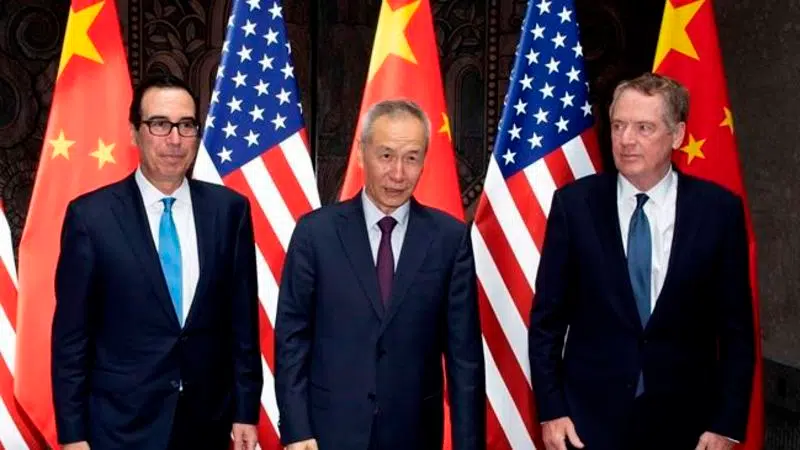
Trump says he’ll put 10% tariffs on remaining China imports
WASHINGTON — President Donald Trump intensified pressure on China to reach a trade deal by saying he will impose 10% tariffs Sept. 1 on the remaining $300 billion in Chinese imports he hasn’t already taxed. The move immediately sent stock prices sinking.
U.S. consumers will likely feel the pain if Trump proceeds with the new tariffs. Trump’s earlier tariffs had been designed to minimize the impact on ordinary Americans by focusing on industrial goods. But the new tariffs will hit a vast range of consumer products from cellphones to silk scarves.
The president’s announcement via Twitter on Thursday came as a surprise, in part because the White House on Wednesday had said Beijing confirmed that it planned to increase its purchases of American farm products. That word came just as U.S. and Chinese negotiators were ending a 12th round of trade talks in Shanghai, which the White House called “constructive.”
China’s foreign minister criticized the move.


